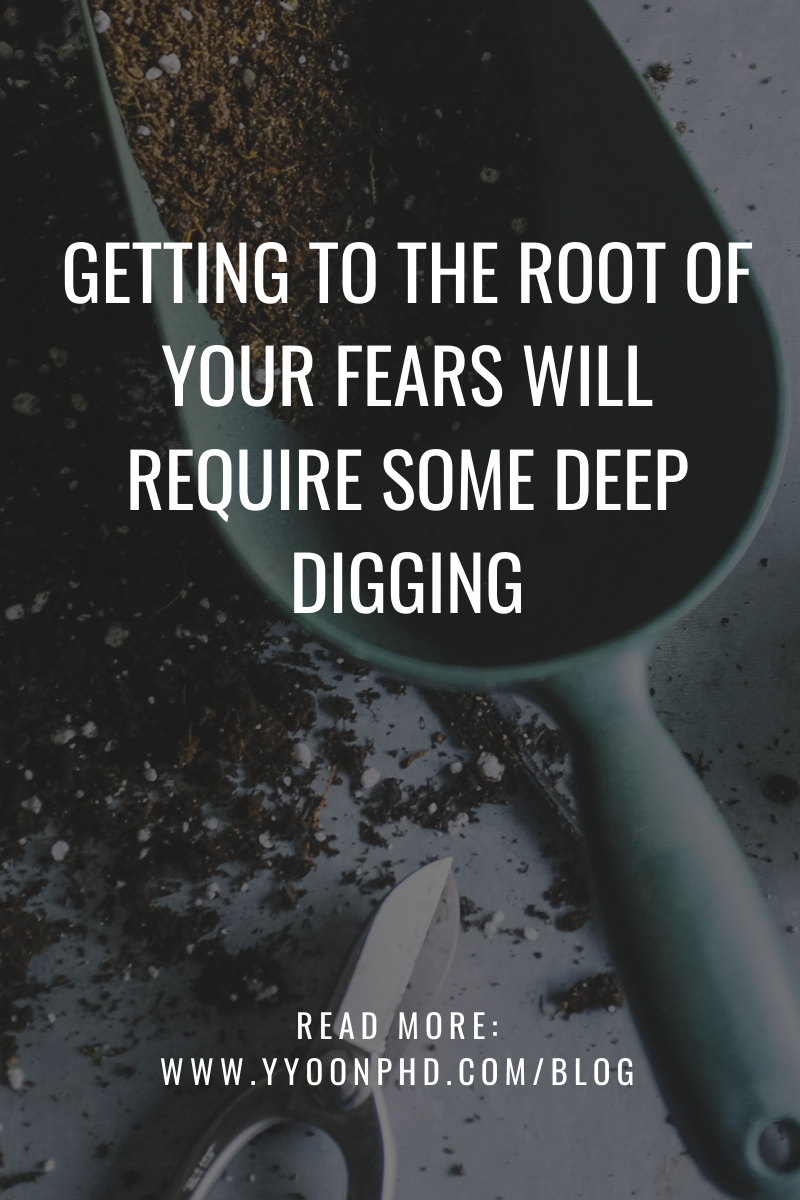How to face the present moment for what it really is
I journal every morning. I do it because I have to. In this act of journaling is embedded some sources of life breath that I need to sustain myself for the day to come, particularly now during the time of this pandemic. I write at least a couple of brief statements of affirmation and things I am grateful for. I do this to remind myself what is true in the present moment. I start each sentence with “I am…” which means I am acknowledging what is. If I don’t, my mind can quickly turn to what is not, what could be, and what should be. As such, I have made an implicit agreement with myself that I must stay practiced at facing what is true in the present moment. This way I can be real and honest with myself about what’s going on now, as opposed to what could happen or what might happen.
Maybe you would rather not focus on “what is” because there are things you don’t like about what is true in the present moment. For example, who really wants to stop and focus on the current reality such as you lost your job, a loved one is ill, or you have not been able to spend time with your friends in person for almost a month because of the COVID pandemic? I don’t blame you if you are totally turned off at the thought of focusing more attention on these facets of reality. I don’t blame you if the “accept the present moment” sounds too woo-woo and obnoxious.
But I’ve been thinking a lot about this idea of what it means to really confront “what is”. I’ve been going down this thought train more these days because of something I’ve taken away from living during a pandemic and having my life upended in some ways by it all:
You can only use the future and “what could/will be” to avoid reality (aka “what is”) for so long.
Why you are afraid to face reality
Being stuck at home and having a lot of distractions and noise stripped away has potentially taken away the usual things that previously helped you sweep things under the rug. Now you can’t help but feel like maybe you need to confront some of the stuff you kept underneath the proverbial rug. It may not even be this conscious choice, per se. Some of this may be bubbling up whether you like or not.
Have you stopped to consider what that stuff is that you are so afraid of facing? What is it about a situation that you are so afraid of? If you actually stop to ask yourself this question and examine it, you may be surprised by what you find.
The initial situation or reality at hand is not always the whole problem. For example, it’s not just that your relationship or your job is making you feel unhappy. Instead, there is a story that has been unfolding over time that is contributing to your feelings of unhappiness. It’s this story that has been taking root underneath the surface that leads you to feeling worse and believing so much more about the situation than it initially called for. Have you thought that perhaps that is what feels scarier to face?
Today I’ll talk about the power of getting to the root of the storyline that we build around the situations we fear. I’ll talk about why unearthing that stuff underneath can help us get unstuck and can help us tackle the situations we fear.
How a job search was really more than just a job search
I worked with a male adult in his mid-30’s who came to me for help with tackling a career search. He wanted to explore potential career paths because he was experiencing burnout in his current job. In fact, he had been unhappy in his job for over a year. He feared that if he continued down this path, he wouldn’t be able to cope with the high level of stress that was taking a toll on his body and that his closest relationships would suffer. This is certainly not an uncommon situation that my clients face.
Weeks in, he continued to complain of feeling unmotivated and having no energy to move forward on a new job search. He repeatedly said, “I don’t know what to do”. You may look at this person and think, “Dude! Need something to do?! Look for a job! Duh.” It may seem like a simple solution would be suggesting him to “look for a job”. And sure, I could have considered starting there and encouraging him to do just that. Because on the surface, his problem was summed up as “I need help finding a new job.” But in reality, his version of what is (“I need a job”) didn’t stop right there. And I’ve come to discover after years of this type of work that it is rarely just that.
If he had been so unhappy in this job for this long, why hadn’t he just found a new job? Why had he remained so stuck in a situation when he could clearly see how much he was suffering?
What keeps all of us at some point or another stuck, anxious, and unable to adopt the ever famous Nike motto: “Just do it”?
This is where pausing to get underneath the surface of what is can help. This can help you begin to unearth what is keeping you stuck in one place.
What you can discover underneath the surface of your fear
In the case of my client, here’s what we discovered:
The initial surface level version of “What is” = “I need help finding a new job” VERSUS
The storylines underneath the surface level version of what is =
What if I’m not good at anything else?
Why bother trying to find something now?
What if I don't like what I’m doing five, ten years from now?
Where do I even begin? Shouldn’t I have figured this out by now?
Why is everyone else figuring it out better than me?
I have to figure out what I’m doing with my life.
What if what I want to do doesn’t make me happy?
Will my choices make my partner happy?
...Ugh. Why Bother.
Does any of this sound familiar? How many times have you gone down these emotional rabbit holes? And how many times have you also come to the similar conclusion of “why bother”? This is an all-too-common response that comes up when you are feeling deflated, overwhelmed, and confused.
So if digging deep under “what is” has unearthed all of this mucky daunting sh*t, what the heck do you do with it?
I may have given you the impression that if you uncover the roots of a situation, you would have the magic bullet solution to the problem. But now you may be thinking “all that sounds pretty bad, man.”
Yes, it may feel pretty daunting to unearth the raw stuff. But don’t let that be it. Don’t let that be the conclusion you land on.
This is my challenge to you: Look at those story lines, the roots, the stuff under the rug and do something about them.
Facing the issues underneath the surface gives you the power of choice to do something about it.
The power of choice
You can:
Talk to someone about it to learn how to understand it better.
Choose to accept it
Choose to let go of the stuff that does not belong
Take action
Find a creative solution to the situation
Find ways to think about it differently
It’s your choice as to what you do and there is no best or right way. But one thing is for sure. By making this choice, you won’t be hiding from it anymore. You will really be doing something to help yourself in a deeper meaningful way and no longer in the way you previously told yourself you were doing when you swept things under the rug.
I’m not saying this process is easy. But I am saying it is important and very helpful. Just because something isn’t easy or you don’t like the thought of it does not mean it might not be right. Can you try something different today and try and face what is instead of running from it?
Revisiting the job search
What did this look like for the client?
We could now tackle his beliefs about what a career meant to him - and how certain beliefs were informed by his family (i.e. needing to stick with a career “forever” till retirement - hint: not realistic in this day and age). We could talk about the sense of responsibility he felt to find a job that would make his partner happy - and how might he consider a job that will meet both needs: something fulfilling for himself that would also make him a good partner. These are some examples of underlying roots we could tackle together because he was willing to go underneath the simplistic version of “I need to find a job” issue. He was willing to see the situation for more than what it was.
“I am…” practicing this every day. You can too.
This client is no exceptional case. I am not an exceptional case with my morning ritual of writing statements starting with “I am…”. You can do the same.
You can also take this challenge to heart and consider:
What am I currently facing in the present moment?
What is the story I am telling myself about this situation that I’m really grappling with?
Look beneath the surface on which you are standing and see what’s there. Unearth that stuff that’s keeping you stuck. Shedding light on the underlying roots of an issue is a huge liberator from the fear that blocks you from moving forward in a new direction.





